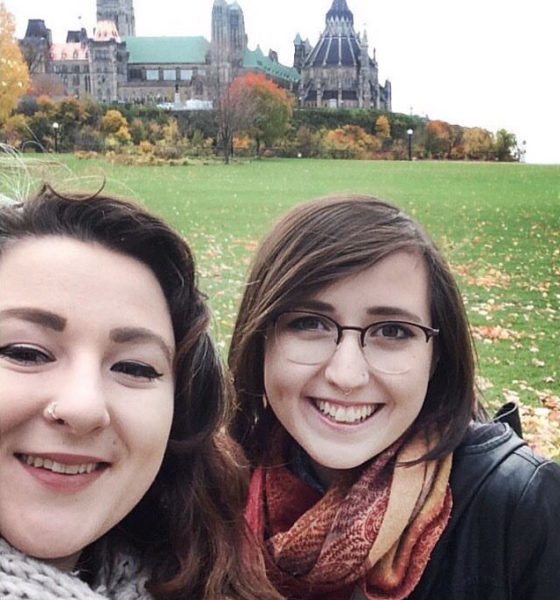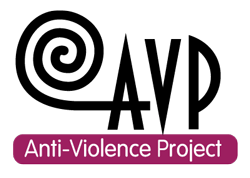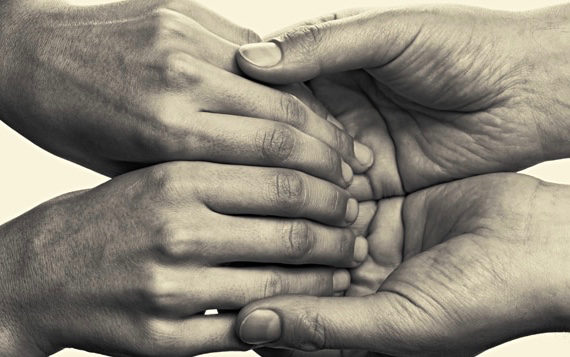Perhaps a shift in the right direction
On March 20th the Status of Women Canada released their report Taking Action to End Violence Against Women and Girls in Canada.
This report marks an institutional affirmation of things that have been said for so long by grassroots organizers and community organizations.
While we are really excited to see where this shift in the right direction takes us, we still feel heavy with the fact that all of this work has happened on the backs of survivors. It has taken so long for survivors to be taken seriously, resulting in a tension between optimism for the future and sadness for the past and present.
The report names patriarchy, sexism, gender stereotypes, victim blaming, and rape culture as contributing factors to violence against women and girls. Since government reports are considered primary sources, researchers now have definitions of these factors. Perhaps most importantly, a definition of rape culture.
One of the main reasons that this report is so great is because the standing committee cites first responders and survivors who presented to them including two of our staff, Kenya our policy advisor and Paloma our volunteer organizer. In October of last year, we were flown to Ottawa to present the framework AVP uses, share definitions, recent advocacy efforts, and present recommendations to the committee specifically about violence on post-secondary campuses (you can read our reflections on this experience here).
As a result of this presentation, the AVP graphic which we use to explain the complexity of rape culture is included in the report. The graphic identifies colonization as a systemic and root cause of sexualized violence along with racism, homoantagonism, misogyny, and patriarchy. This is so important.

At the same time, we have seen several reports come out of committees at different levels of government and they don’t necessarily turn into action. While the report makes 45 recommendations there are no legal obligations for these recommendations to be translated into policy or action.
Some highlights from the recommendations:
- Recommendation 26 – That the Government of Canada, through Status of Women Canada, develop and invest in a nation-wide public awareness campaign, as part of the Federal Strategy on Gender-based Violence, to educate the public about consent, healthy sexuality, bystander intervention, and the role of men and boys in ending gender-based violence and rape culture, and that community groups, men’s ally networks and youth be consulted during the development of the awareness campaign
- Recommendation 28 – That the Government of Canada, through the Department of Justice, and in collaboration with the Royal Canadian Mounted Police, implement a mandatory educational curriculum on gender-based violence and sexual violence for all Royal Canadian Mounted Police, and other federally-regulated law enforcement officers, that is survivor-centric, respectful and trauma-informed.
- Recommendation 7 – That the Government of Canada request that the Minister of Public Safety and Emergency Preparedness, starting at the next meeting of Canada’s federal, provincial and territorial Ministers Responsible for Justice and Public Safety, take leadership and urge all jurisdictions to discuss mechanisms, including legislation, by which Canadian postsecondary institutions could be required to implement stand-alone sexual assault policies. These policies would be informed by evidence-based research, include anonymous, confidential and secure reporting mechanisms for survivors of sexual violence on campuses, and provide sexual violence intervention and sensitivity training for all employees of post-secondary administrations, campus police, students, faculty and other staff during orientation times. Furthermore, all university and college administrations should proactively disclose to the public, on a yearly basis, all statistics on sexual violence on their campuses.
While reading through the recommendations we noticed that the language used around post-secondary is quite weak, using words like “urge” and “encourage”, even though the spirit of the recommendations is pretty strong. Often this is excused since education is mandated by the provincial governments but we need federal leadership and we need the federal government to set a standard.
The Canadian Federation of Students put out a statement in response to the report that highlighted the importance of this report, but as Bilan Arte, the National Chairperson of the Canadian Federation of Students said “The government now needs to move quickly to act on these recommendations, first by ensuring the necessary financial resources are available and second by empowering front-line community and campus groups to lead the way.”
It is crucial that we hold the federal government accountable to the work. Only two days after the report was released on March 22nd the 2017 federal budget was announced which included $100.9 million over five years, and $20.7 million per year thereafter, to establish a National Strategy to Address Gender-Based Violence. This perhaps is another shift in the right direction though we’ve yet to see.
You can read the Status of Women Canada report here.







